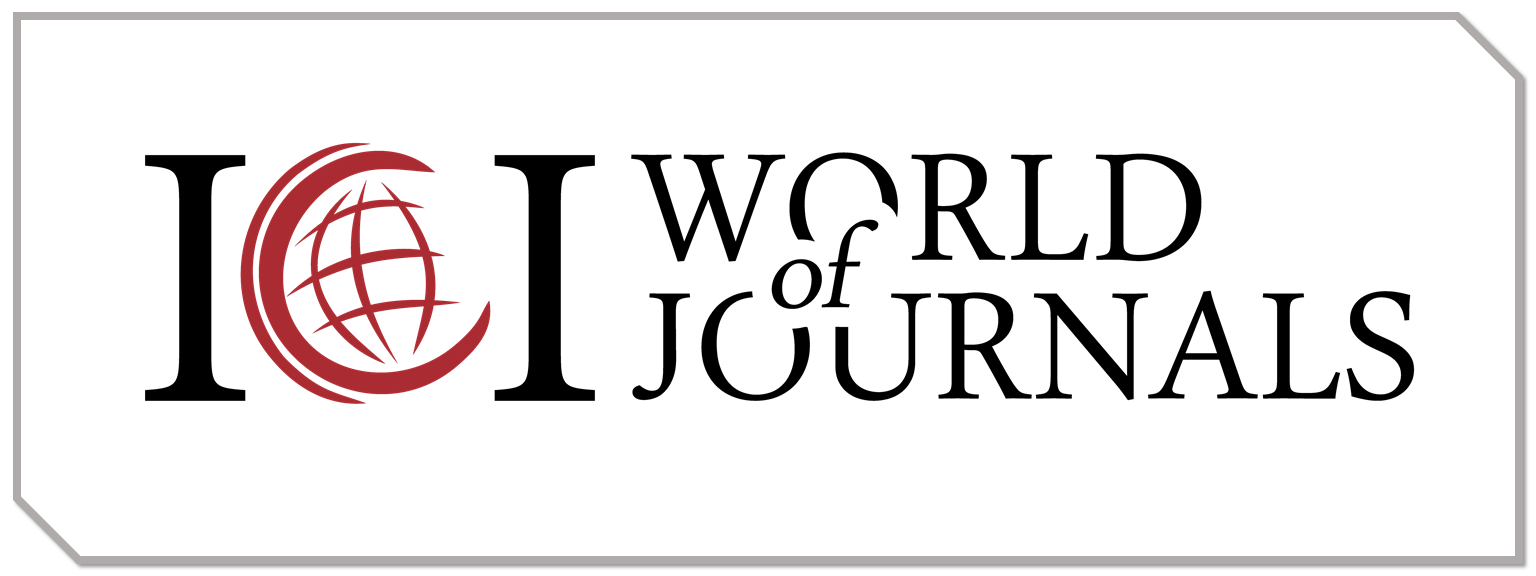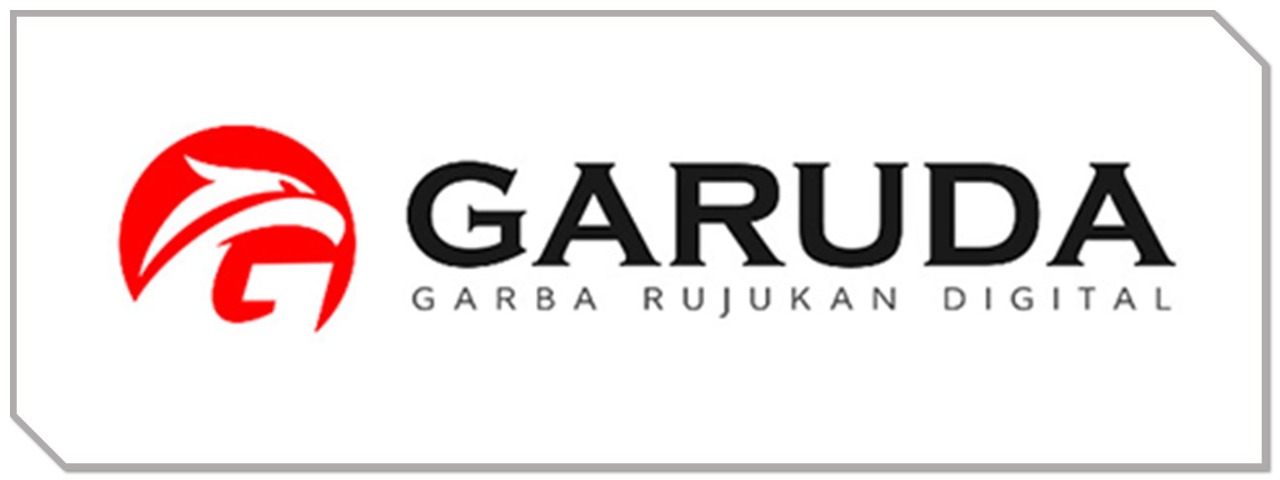Penggunaan Serbuk Gergaji Kayu Sebagai Adsorben Pada Limbah Cair Tenun Ikat
DOI:
https://doi.org/10.59581/konstanta.v1i4.1741Keywords:
Liquid Waste, Adsorption, Manganese, Adsorbent, SawdustAbstract
Research has been carried out on the use of wood sawdust as an adsorbent for ikat weaving liquid waste. This research aims to determine the effect of using wood sawdust as an adsorbent on ikat weaving liquid waste. This research was carried out at the IKIP Muhammadiyah Maumere Laboratory and the Maumere Health Service Laboratory. The sample in this study was ikat woven liquid waste which was divided into four treatments, namely Control (K) and the other three were treatments (P1, P2, P3) with the addition of 1,2 and 3 grams of activated charcoal. The method in this research is an experimental method with the research design being True Experimental in the form of Posttest Only Control Group Design. The characteristic tests in this research include a water content test with a value of 0.0833%, and a yield test with a value of 1.9634%. The test parameters used include the degree of acidity (pH), Manganese (Mn) content test and organoleptic test. The research results showed that the pH value before contact with activated charcoal was 9.63 (alkaline pH), and after contact with activated charcoal at a dose of 3.0 grams the pH value became 8.01 (alkaline pH). In testing Mn levels before contact with activated charcoal, the value was 4.60 mg/l and after adding 1.0 grams, 2.0 grams and 3.0 grams of activated charcoal, there was a decrease in Manganese levels respectively, namely from 3 mg/l. , 2.78 mg/l and 1.83 mg/l. Furthermore, for the organoleptic test, there was a change in the color of the ikat woven liquid waste from initially black to clear yellow. Thus, it can be concluded that the addition of activated charcoal from sawdust can have an effect on ikat weaving liquid waste.
References
Alimah, D. (2017). Sifat dan mutu arang aktif dari tempurung biji mete (Anacardium occidentale L.) Jurnal Penelitian Hasil Hutan, 35(2), 123–133.
Elvida, Maria. (2015). “Pembuatan Kain Tenun Ikat Maumere di Desa Wololora”. NTT: Jurnal Holistik Volume 3 No. 16: 2
Eren, E. and Afsin, B. (2008). An Investigation of Cu (II) Adsorption by Raw and Acid-activated Bentonite:A Combined Potentiometric, Thermodynamic, XRD, IR, DTA Study, Journal of Hazardous Materials, 151, pp. 682–691.
Febriansyah, Ramadhan, Pratama, A, Gumilar, J. (2019). Pengaruh Konsentrasi NaOH Terhadap Rendemen, Kadar Air, dan Kadar abu Gelatin Ceker Itik (Anas Platyhyncches Javania). Jurnal Ilmu dan Teknologi Hasil Ternak , Vol.14.No.1, Hal 1-10.
Harsanti, E.S., Indratin, Sri Wahyuni, E. Sulaeman, dan A.N. Ardiwinata. (2012). Efektivitas Arang Aktif Diperkaya Mikroba Konsorsia Terhadap Residu Insektisida Lindan dan Aldrin di Lahan Sayuran. Jurnal kualitas Lingkungan Hidup ECOLAB 7(1): 27-36.
Herlina, Amelia. (2012). Perbandingan Pemanfaatan Kitosan dan Arang Aktif Sebagai Adsorben.
Idrus, Rosita, Boni Pahlanap Lanporo, Yoga Satria Putra. (2013). Pengaruh Suhu Aktivasi Terhadap Kualitas Karbon Aktif Berbahan Dasar. Tempurung Kelapa. Jurnal PRISMA FISIKA, Universitas Tanjung Pontianak,I,pp.50-55.
Kaswinarni, F. (2007). Kajian Teknis Pengolahan Limbah Padat dan Cair Industri Tahu. Tesis. Program Study Magister Ilmu Lingkungan Program Pascasarjana Universitas.
Komarawidjaja,Wage. (2007). Peran Mikroba Aerob Dalam Pengolahan Limbah Cair Tekstil.
Kurniawan, R., Luthfi, M., & Wahyunanto, A. (2014). Karakterisasi Luas Permukaan Bet ( Braunanear , Emmelt dan Teller ) Karbon Aktif dari Tempurung Kelapa dan Tandan Kosong Kelapa Sawit dengan Aktivasi Asam Fosfat. Jurnal Keteknikan Pertanian Tropis Dan Biosistem, 2(1), 15–20. https://doi.org/10.32734/jtk.v6i1.1564.Jurnal Teknik Lingkungan. Vol.8,No.3, Hal 223-228.
Leto, K.T, and Bidang Keahlian Kimia Analitik. (2021). "Pelindihan Bijih Mangan Dari Nusa Tenggara Timur Menggunakan Hasil Hidrolisis Serbuk Gergaji Kayu Sebagai Reduktor Dengan Pelarut Asam Sulfat."
Laksono, Sucipta. (2012). Pengolahan Biologis Limbah Batik dengan Media Biofilter. Depok. Program Studi Teknik Lingkungan Universitas Indonesia.
Lempang, M., W. Syafii dan G. Pari. (2012). Sifat dan Mutu Arang Aktif Tempurung Kemiri. Jurnal Penelitian Hasil Hutan 30 (2): 278-294. Pusat Penelitian dan Pengembangan Keteknikan Kehutanan dan Pengolahan Hasil Hutan, Bogor.
Novani, K.R.Nisa, K.T.Leto. (2022). Peningkatan Kualitas Minyak Daun Cengkeh Menggunakan Adsorben Lempung Teraktivasi Asam. Seminar Nasional. Universitas Nusa Cendana.
Nurbidayah., Suarsini, E., dan Hastuti, U.S. (2014). Biodegradasi dengan Isolat Bakteri Indigen pada Limbah Tekstil Sasirangan di Banjarmasin. Prosiding Seminar Nasional Sinergi Pangan Pakan dan Energi Terbarukan.21-23 Oktober 2014. Yokyakarta: 233.
Pari, G., 2006, “Arang aktif Serbuk Gergaji Kayu Sebagai Bahan Adsorben Pada Pemurnian Minyak Goreng bekas”, Jurnal Penelitian Hasil Hutan, Vol. 2
















